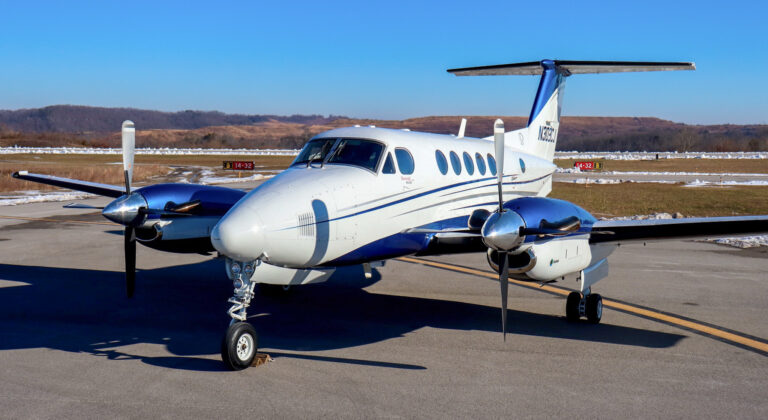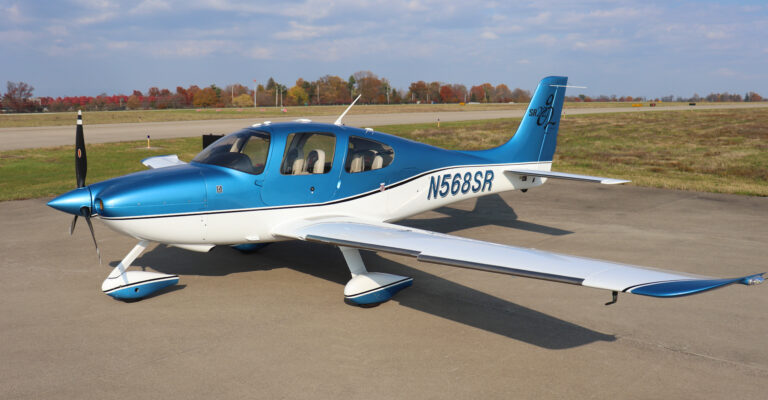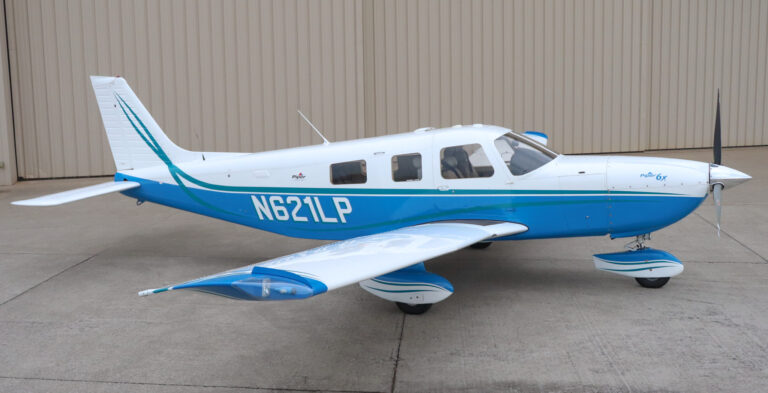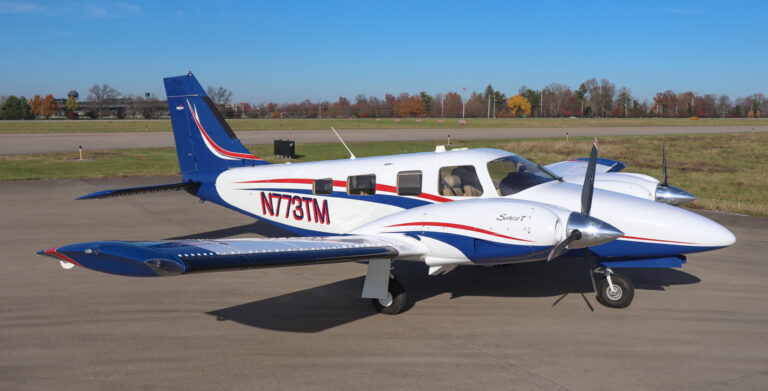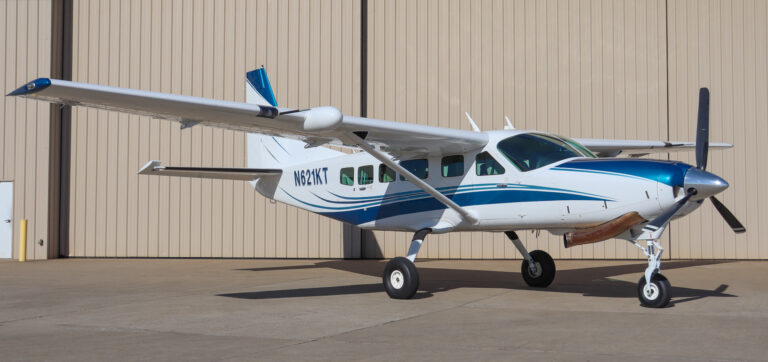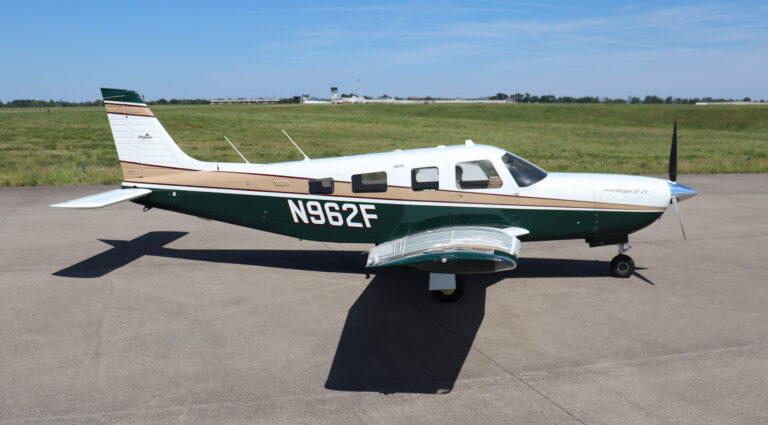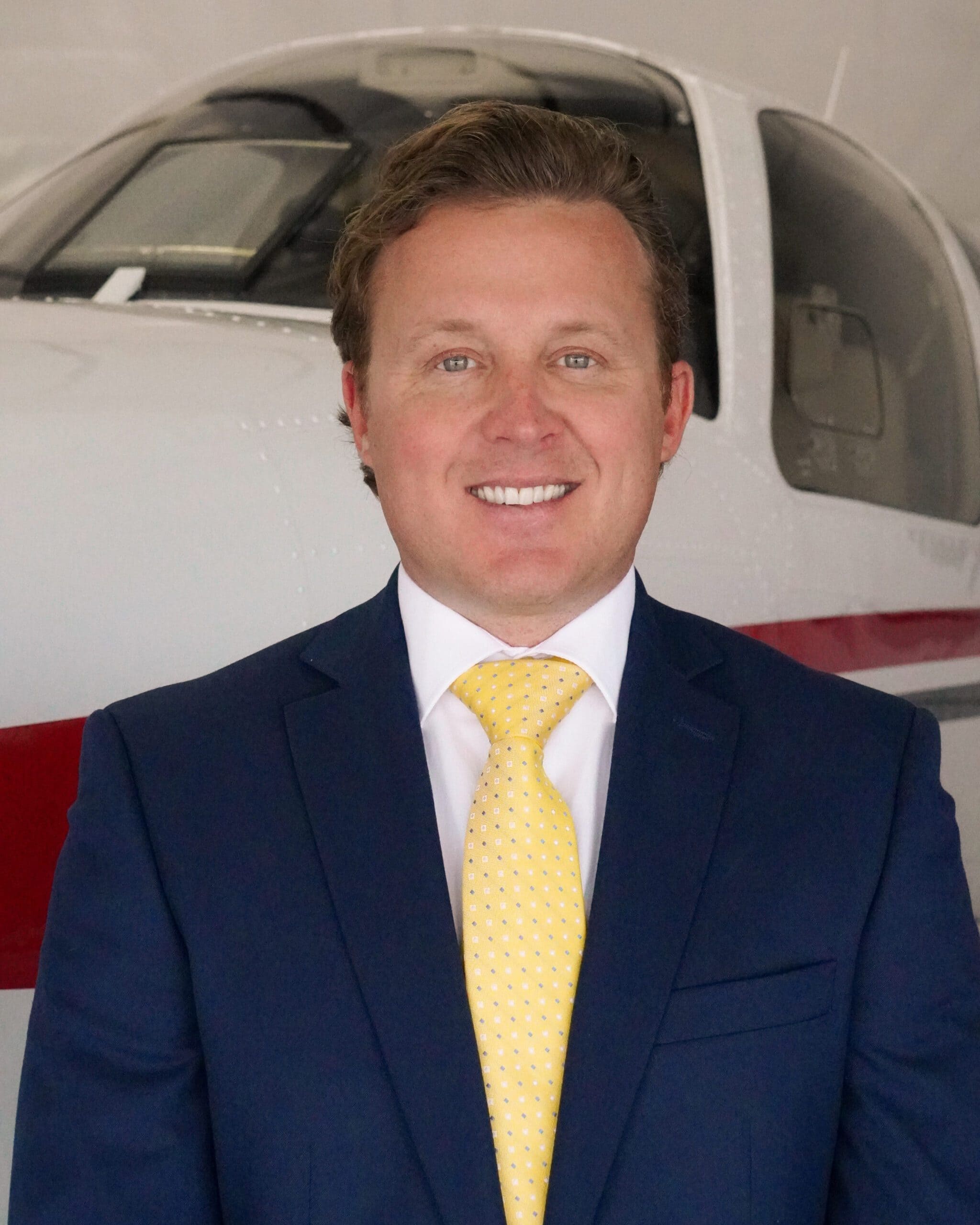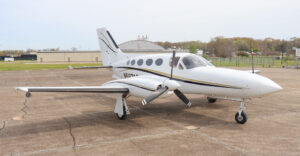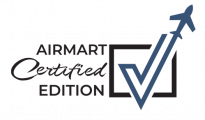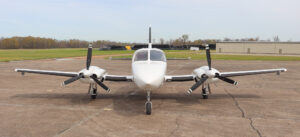
Turbulence Ahead? Expert Predictions for the Future of Aircraft Sales
- April 2, 2025
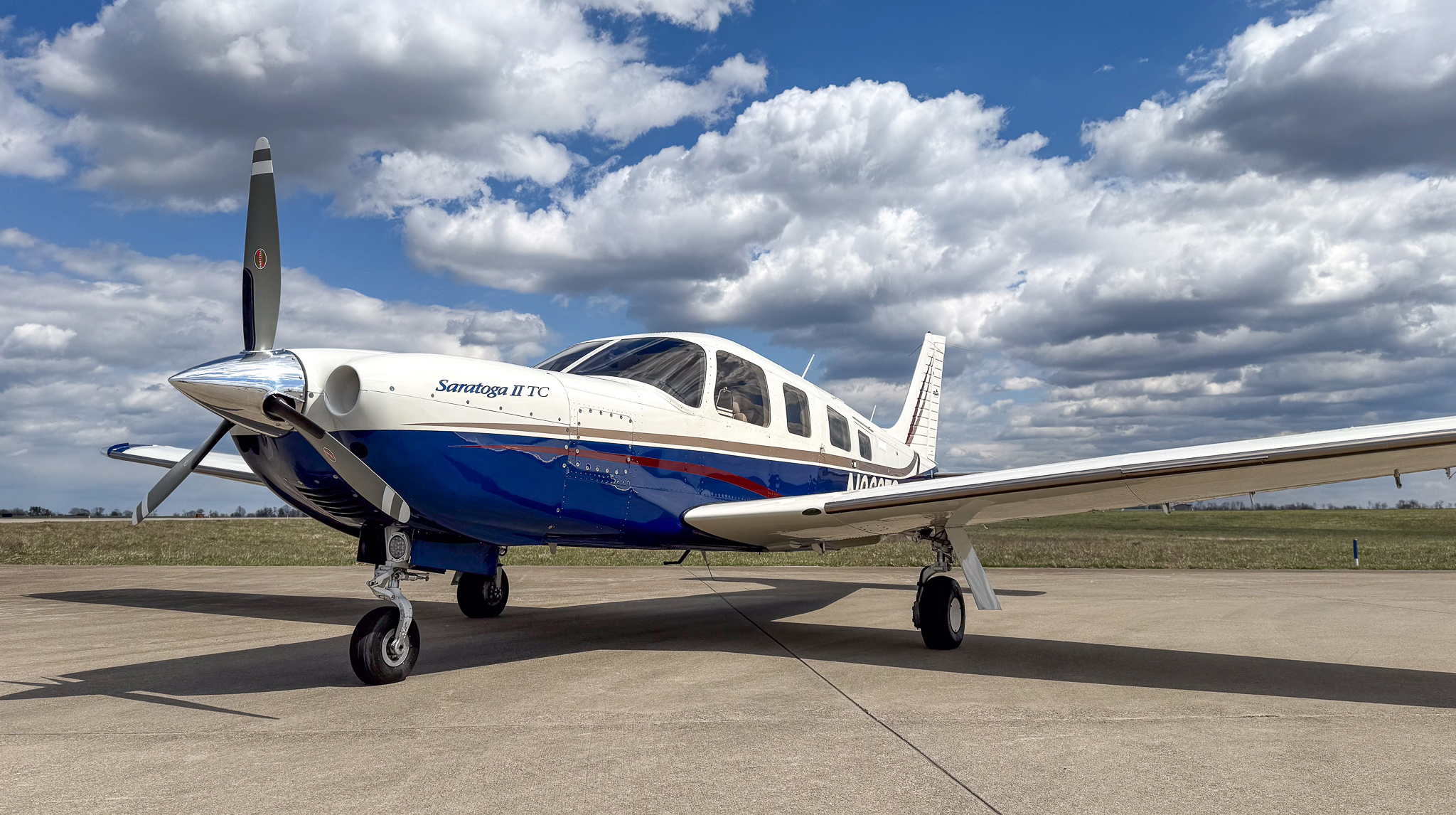

By Airmart Team
The aviation industry has always been subject to fluctuations driven by economic conditions, technological advancements, and shifts in market demand. As we step into the future, industry experts are closely monitoring aircraft sales trends to anticipate what lies ahead. The commercial aircraft market is expected to generate approximately $87.78 billion in revenue by 2025. Will we see continued growth, or is turbulence expected? Let’s explore expert predictions for the future of aircraft sales and what factors will likely shape the market.
Various factors, including macroeconomic trends, evolving consumer preferences, and rapid innovations in aerospace technology, influence the aircraft sales industry. In recent years, the market has seen notable changes, from surging demand for private jets during the pandemic to the ongoing push for sustainability in aviation. Additionally, fluctuating fuel prices, supply chain disruptions, and geopolitical uncertainties have contributed to a complex landscape for buyers and sellers alike. Understanding these factors can help investors, business owners, and aviation enthusiasts confidently navigate the market and make informed purchasing decisions.
We will analyze key trends and expert predictions shaping the future of aircraft sales to provide a clear outlook. From sustainability initiatives to the rise of emerging markets, here’s what to expect in the coming years.
1. The Impact of Economic Conditions
One of the primary drivers of aircraft sales is the state of the global economy. Historically, economic downturns have led to decreased aircraft orders, while economic booms have spurred demand. With ongoing concerns over inflation, interest rates, and geopolitical instability, some experts predict that buyers may approach aircraft acquisitions more cautiously in the coming years. However, strong demand for private and business aviation could balance these concerns, keeping sales steady.
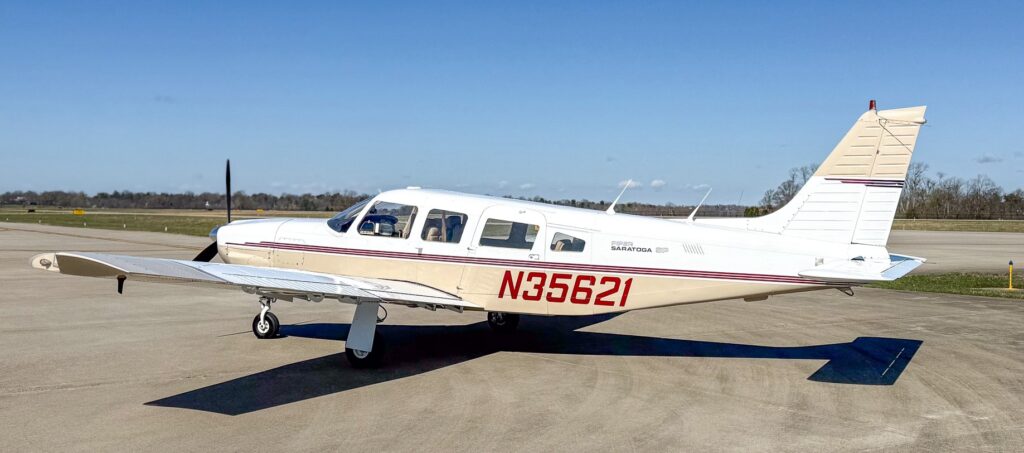
2. The Rise of Sustainable Aviation
Sustainability is no longer an option but a necessity in the aviation sector. The push toward greener aviation influences buyer preferences, with an increasing demand for fuel-efficient aircraft and sustainable aviation fuel (SAF) solutions. Many manufacturers are investing in hybrid and electric aircraft, which could reshape the market and increase sales of environmentally friendly models. Buyers may begin prioritizing sustainability over traditional performance metrics, shifting the landscape of aircraft sales.
3. Advances in Aviation Technology
Technology is a significant factor influencing the future of aircraft sales. The industry is evolving rapidly from advancements in avionics and automation to the development of Urban Air Mobility (UAM) solutions. Next-generation aircraft with improved safety features, enhanced connectivity, and autonomous capabilities will attract more buyers. Additionally, increased Artificial Intelligence (AI) integration in maintenance and operations could make aircraft ownership more appealing and cost-effective.
4. Shifts in Private and Business Aviation
The pandemic accelerated the demand for private aviation, and this trend continues to shape the market. Many high-net-worth individuals and businesses have recognized the benefits of private aircraft ownership, leading to a surge in new and pre-owned aircraft purchases. Fractional ownership and leasing models are also gaining popularity, providing more flexible options for buyers who may not want full ownership responsibilities. As remote work and business travel patterns evolve, the demand for business jets will remain strong.
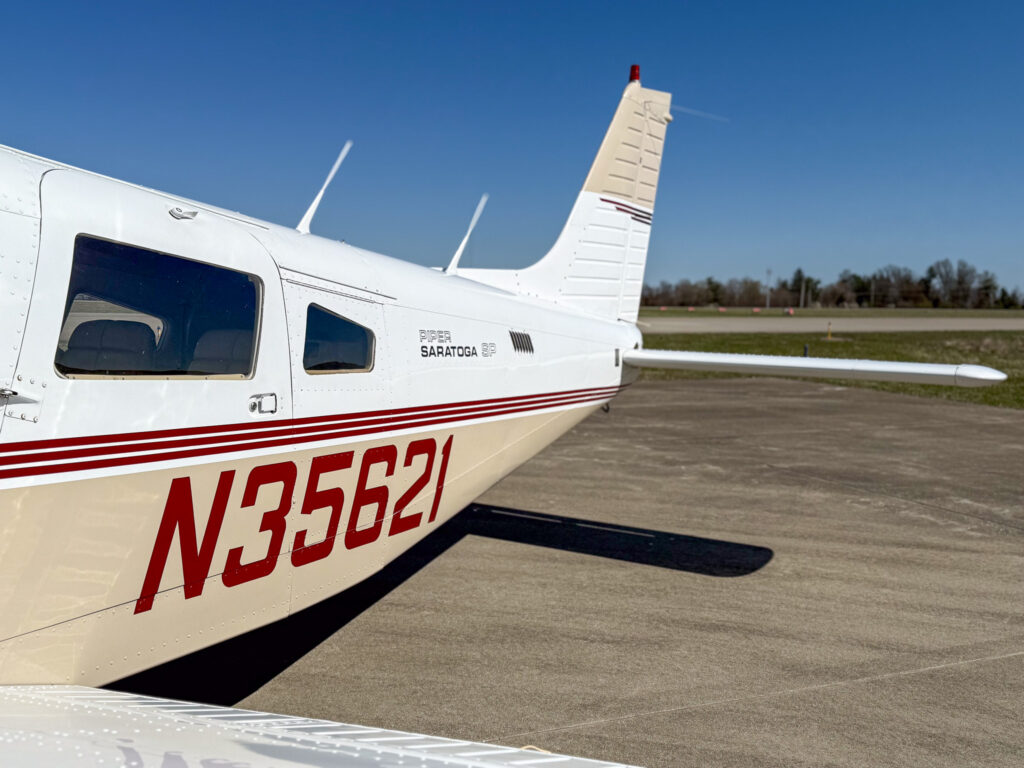
5. The Growth of Emerging Markets
Aircraft sales are expanding beyond traditional markets in North America and Europe. Emerging economies in Asia, the Middle East, and Latin America are becoming key players in aviation growth. With increasing wealth, infrastructure improvements, and a growing appetite for air travel, these regions are expected to drive commercial and private aircraft demand. As more buyers enter the market from these regions, manufacturers and brokers must tailor their sales strategies accordingly.
6. The Second-Hand Market and Supply Chain Challenges
Supply chain disruptions have affected aircraft production timelines, increasing interest in the second-hand market. Pre-owned aircraft sales have surged due to long wait times for new deliveries. Many buyers turn to well-maintained used aircraft as an alternative, creating a strong demand for quality pre-owned inventory. Additionally, the availability of spare parts and maintenance services will play a crucial role in shaping aircraft purchasing decisions.
7. Regulatory Changes and Market Dynamics
Regulations surrounding emissions, safety, and pilot training requirements can significantly impact aircraft sales. As governments introduce stricter environmental policies, manufacturers must adapt their designs to comply with new standards. Additionally, changes in international trade agreements and tariffs could influence cross-border aircraft transactions, potentially affecting pricing and availability.
Conclusion
A complex mix of economic factors, technological advancements, sustainability trends, and evolving buyer preferences shapes the future of aircraft sales. While some turbulence may be ahead, the industry remains resilient and adaptive. As demand for private and business aviation grows and emerging markets expand, aircraft sales will likely experience a steady evolution rather than a drastic decline.
Looking to Buy or Sell an Aircraft? Airmart Can Help!
Navigating the ever-changing aircraft market requires expertise and a trusted partner. At Airmart, we specialize in helping buyers and sellers make informed decisions in the dynamic aviation landscape. Whether you are looking for a new aircraft, a quality pre-owned model, or expert guidance on market trends, our team is here to assist. Contact Airmart today to explore the best aircraft options for your needs!

